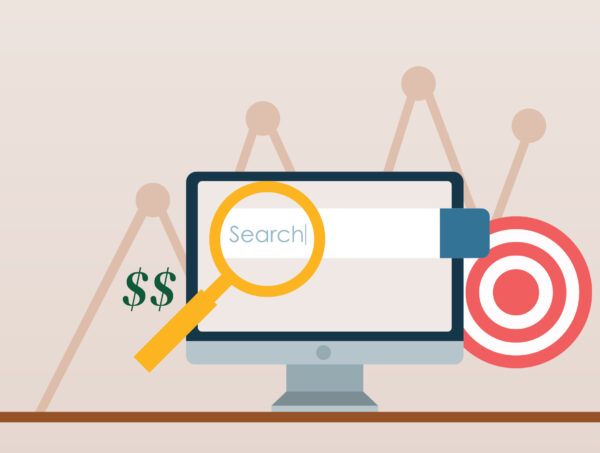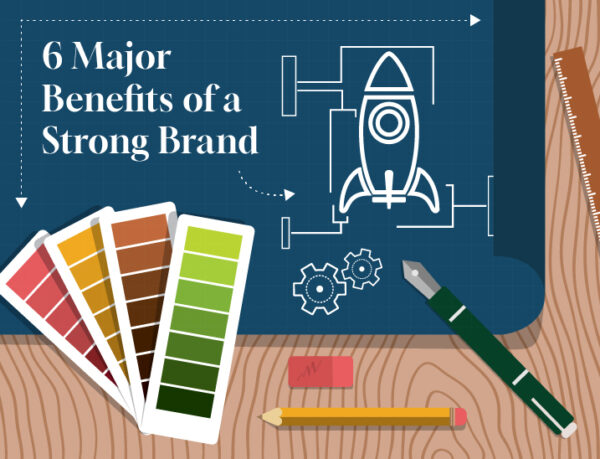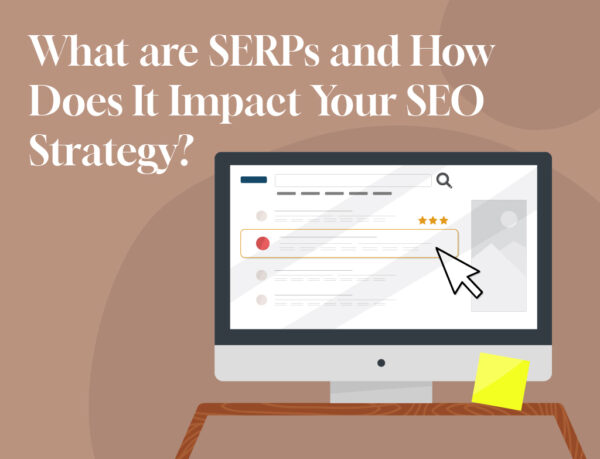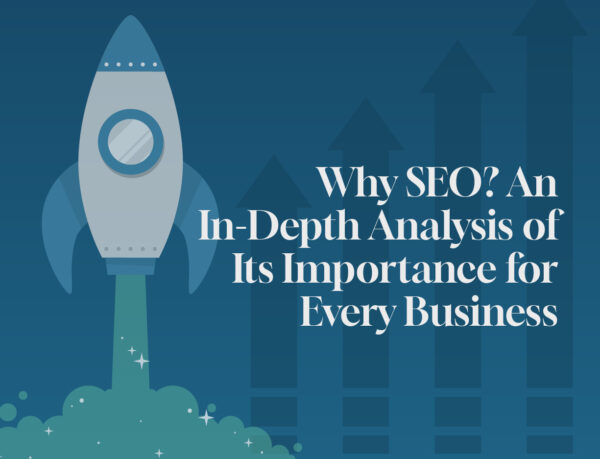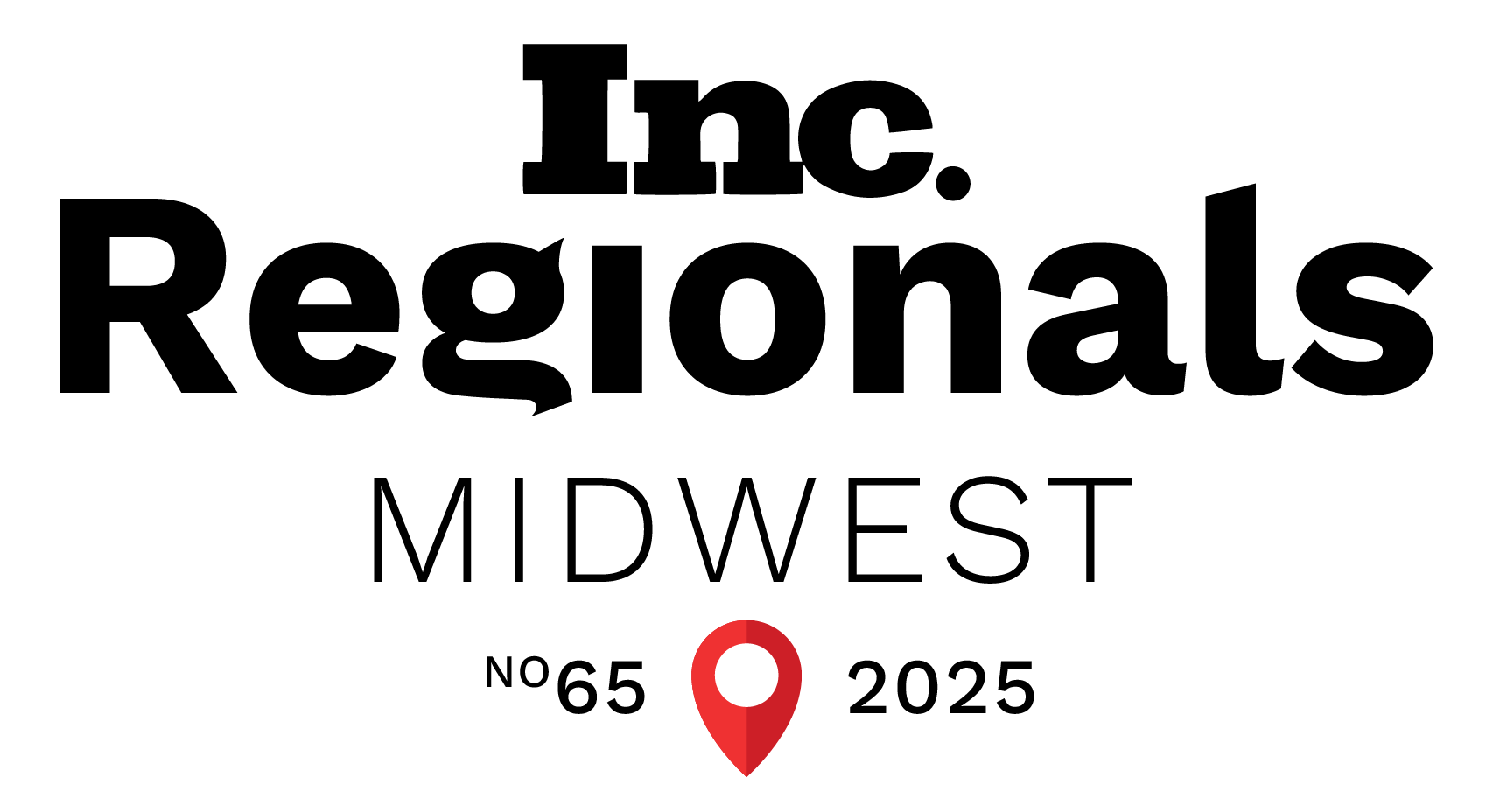What Is a Marketing Funnel: Everything You Need to Know About the Digital Marketing Sales Funnel
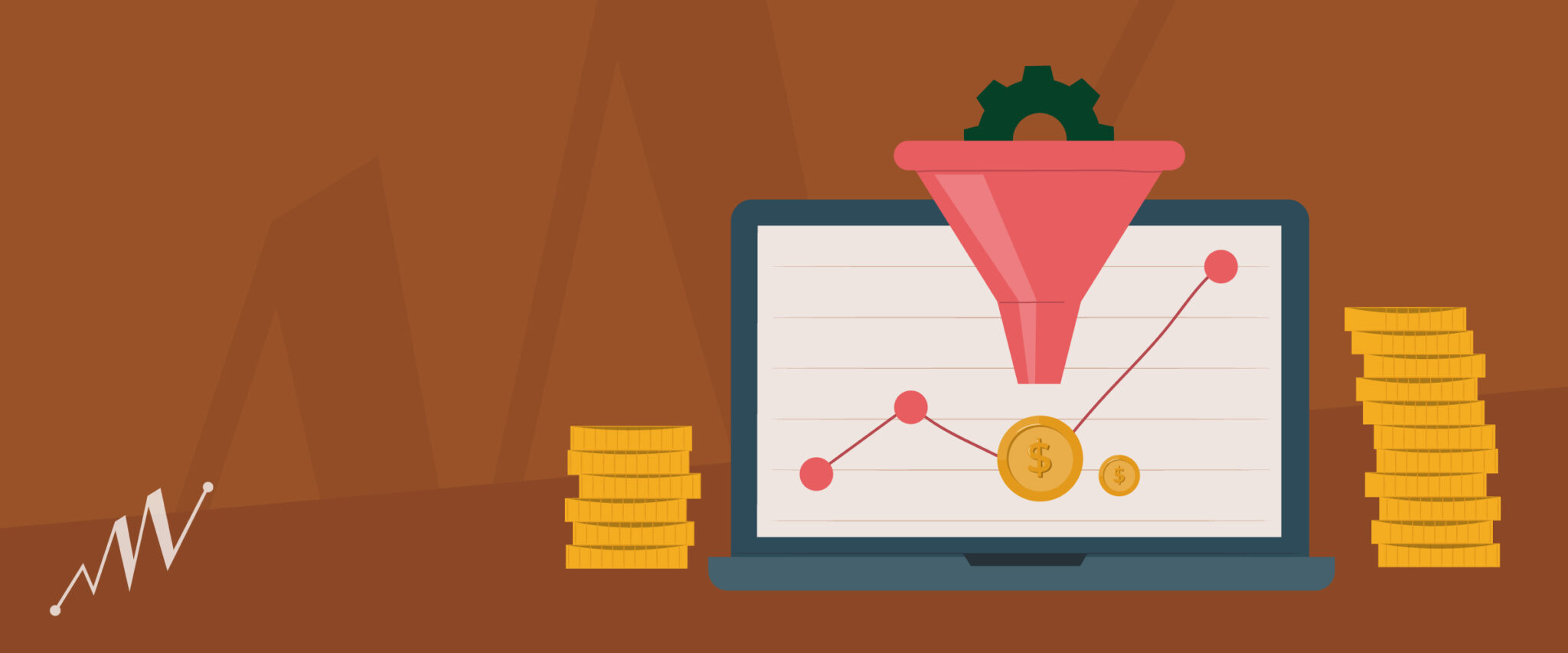
In This Article
Think of the last time you ordered something online. You most likely typed the product you wanted into Google, or maybe you went to the store’s website itself, knowing you like their brand and products. You probably scrolled through their inventory for a little bit until you got to the product you were interested in. You put the product in your cart, entered your credit card information, reviewed your purchase, and finally clicked “buy.” The process you just completed was that business’s marketing funnel.
This all sounds great: you went to an online store and completed your purchase! What does this have to do with a funnel? And what is a funnel? What does a funnel have to do with your marketing strategy? We will discuss this and much more about marketing sales funnels below. Let’s get started!
What Is a Marketing Funnel?
A marketing funnel is a visual tool used to illustrate the path your clients or customers take from the beginning to the end of a specific experience they have with you. The point of the visualized funnel is to see how you turn an audience into leads, leads into conversions, and conversions into paying customers.
In a perfect world, a marketing funnel would have the same amount of people at the top as it does at the bottom. But realistically, this is not the case. That’s why the shape of a marketing funnel is more triangular. Turning your leads into paying customers means that the number of actual buyers will be less than your initial audience. This is normal, so do not be worried when the number of conversions at the bottom of the funnel is less than the number of people who start the initial process at the top of your funnel.
To maintain an end number close to the number of people at the top of the funnel, marketing professionals use the marketing funnel to see what strategies work and do not work for the customer’s buying experience. Conversion funnel marketing is a great tool to have in your marketing tool belt.
In summary, a marketing funnel is a diagram of the framework your clients/customers go through from the beginning to the end of their journey—meaning from when they first start as an audience member to when they reach your funnel’s end goal. We will dig deeper into what a marketing funnel’s goal is later in this article.
Sales Funnels for Beginners
Marketing funnels will differ depending on what you want your final outcome to be. However, if you are just starting out, you may just want to know the basics of funnels.
To understand a sales funnel, you first need to visualize a funnel. The basic principle is that the process your audience goes through will trickle down much as a liquid would in a physical funnel. So, take your funnel, and break it into separate divisions horizontally. As you move down the funnel, the divisions get smaller and smaller. So, from the first encounter someone has during lead generation to the final sale, there will be smaller and smaller amounts of people. This is normal and means that your products are meant for only a portion of your original audience.
What Is a Funnel Used For?
You can use your marketing sales funnel to follow your customer’s experience as they go from the first encounter to the final purchase. When you are aware of their experience, you can then optimize and maximize the path from lead generation to conversion!
Marketing Funnel Stages
There are numerous types of marketing funnels that can be created. Each marketing funnel may look slightly different depending on what your goal is, but the following structure is the general rule of thumb for all marketing funnels. No matter what your final goal is, it’s important to have a foundation to base your marketing funnels on. The following funnel stages are a good starting point to creating a funnel for your goals. Follow these steps to learn how to build a marketing funnel for your business.
Awareness
The very first step in a marketing funnel is audience awareness. This stage of the funnel is your introduction to your customer. The awareness funnel stage is where lead generation takes place. Lead generation refers to reaching all of the people who will eventually make it to the end of the funnel. Though it may be obvious, it’s important to note that people will not make it to the next phase of the funnel all the way down to the final portion of the funnel without first going through the first step, awareness.
Audience awareness is the stage in your marketing funnel where you make deliberate choices to reach potential clients and customers. In order to generate leads and get audience members into this first stage of your funnel, you will perform marketing tactics such as:
- Conducting consumer research
- Creating buyer personas so you know who you want to reach
- Starting marketing campaigns
- Going to/hosting marketing events in person
- Creating advertisement content such as infographics or pop-up ads
- Promoting already established content like videos, blogs, photos, or information pages
- Using paid advertising to increase awareness
Awareness is all about showing your brand off to people who do not know that you exist. Awareness is your audience’s first impression of you. In order for them to move onto the next stage, you need to catch their attention, and then keep it.
Interest
Once your potential clients and customers become aware of your brand, they need to decide whether or not they are interested in continuing to learn about who you are. There has been the introduction, and now your audience evaluates if they want to invest time into considering you—consideration is the next stage. The main difference between interest and consideration is that interest is the contemplation of pursuit and consideration is when they begin pursuing your services.
In the interest stage, your potential leads will do their own research into your company and the services/products you provide.
Your role in this stage is to continue to develop the relationship with the lead in order to retain their attention and eventually make the final conversion. To have your audience stay in the interest phase, you can develop the relationship by:
- Building your brand that attracts your customer base and initiates furthering the relationship
- Give more of an overview about what you offer that is deeper than the awareness stage
- Present potential problems your audience members may have that you can solve
Consideration
Next up, we have the consideration stage. Here, your audience members are now officially leads and have made the decision to pursue engagement with your business. You now are in more of a conversation with those visiting your website. Here, your relationship builds, and you can get to know each other more.
In this stage of your marketing funnel, you can use more direct and pointed campaigns such as:
- Email campaigns
- Free trials
- Presenting specific products
- Surveys
- More detailed explanations of products and services
You can move away from the broad, awareness-generating marketing strategies and start to channel the focus to more specific interests that your audience may have.
At this point, since they are already considering moving on to the next step, you can show how you differ from your competition. What makes you unique? Why should this client/customer come to you for their needs rather than the other companies in your field. What mutually beneficial needs will be met for both you and the customer. Developing this deeper relationship with your customers while standing out in your competition will require you to become relatable. Your personhood, or the people behind the name of the brand, can be revealed to nurture this relatability.
Evaluation
The evaluation stage is when the customers/clients make the final decision about whether to commit. It is typical for the marketing and sales team to work together during this stage. Here, you need to convince your buyer that your product or service is the best on the market and that they are making the right decision by choosing your service/product.
Purchase, Conversion, and Final Action
Now you’re at the last phase of your marketing funnel. Action has been taken and the audience member has officially progressed through the entire marketing funnel. Your lead generation and nurturing has worked to successfully complete a lead conversion and the final transaction is complete.
If your customer/client had a good experience throughout the marketing funnel process, the hope is that they will return to make another purchase and/or let their peers know about your services, introducing others to phase one of your marketing funnel.
The final step does not necessarily have to be a purchase. The final step can simply be if your original goal of conversion has been met. If your audience member acts on what you wanted them to, you have successfully driven them through your marketing funnel. Congratulations!
How a Marketing Funnel Functions
Visualize a funnel. The top of the funnel is large and has the capacity to store a lot more volume than the bottom of the funnel. Think of the funnel, now, in terms of the people that enter into your digital space. There will be a lot more people who are aware of your company because of the specific marketing efforts that are done at that stage.
Visualizing Consumer Trust
At each new level of the funnel, you see that there is less space, and therefore fewer people occupying that space. Each step of the funnel includes different intentional efforts to build and maintain a certain type of relationship with the people in that stage of the funnel—until you get to the end goal.
Each stage in the funnel serves its own function. Starting at the top, the lead generation established cultivates the relationship, which helps make the next stage of the funnel as efficient as possible, and so on. Each level sets the customer up for the next step in the funnel, all while continuing to focus on maintaining brand identity. The further a client or customer moves down the funnel, the more established the relationship between your business and your customer will be. As your client moves down the funnel, this is an indication of more trust in your company.
Digital Marketing Sales Funnel: A Tool for Data Collection
A marketing funnel can also be used to detect patterns in your audience’s process. Looking at the number of people at each step of your marketing funnel can give you an indication of what may or may not be working as a tactic to keep people from remaining in your funnel. Looking at your funnel(s) over a period of time will show spots where there are inconsistencies in your marketing strategies. If you are losing a great number of customers at one particular spot in the marketing funnel process, you may have something called a leaky funnel, which means potential conversions are exiting the funnel.
Looking at the number of people at each step in your funnel can help you to readjust your strategy. If you are losing customers right before a conversion, you can ask questions like:
- What can I add or take away from my website to retain these audience members?
- Should the onboarding process be updated?
- What will keep my audience engaged that is not working right now?
Using a marketing funnel to track data analysis can assist when reevaluating who your target audience is, what buyer personas you wish to reach, and the backend processes that need to take place to engage with your audience for their satisfaction and your success.
Upper Funnel vs. Lower Funnel
The number of people in the upper funnel vs. lower funnel will look different; the ones who make it to the bottom of the funnel are those who you have established trust with, and who will therefore complete the conversion.
The upper funnel is your initial engagement with your audience. The lower funnel is the final conversion. The important thing to note is that only the interested audience members will make it to the next step in the funnel. The truth is, the upper funnel is everyone who sees your site, PPC (pay per click), or other advertisements. If you catch the person’s attention, then they will move further down the funnel.
This initial interaction is why the upper funnel has so much weight to it. In order for the user to make it to the lower parts of the funnel, they must enter your funnel in the first place. Your upper funnel is for advertising to new audiences, broadening your buyer persona, and reaching people who may be new potential clients that you may have previously thought didn’t need your services or products. Your upper funnel can be used strategically to get as many people into your funnel as possible. This way, statistically speaking, the more people at the top, the wider the rest of your funnel may be as your audience trickles down into the lower phases of your tunnel.
Of course, broadening your audience too much can hinder your marketing process, especially if you are participating in PPC advertising. However, generally speaking, you want to broaden the scope of your awareness stage so that more people can have exposure to you as a company.
How to Use a Marketing Funnel
First and foremost, you must have a goal in mind. Marketing funnels all follow the same basic principles of starting at an introduction of your business to your audience and ending in a conversion. What changes, is the goal of what the conversion looks like. Depending on the type of marketing funnel, your conversion goal could be a:
- Final purchase
- Newsletter signup
- Scheduled client meeting
- Social media follow
- Subscription to your blog
- And much more depending on what your particular goal is for this specific marketing funnel
A marketing funnel has intentional steps to foster a relationship with potential leads in order to guide them through the path to conversion. Each step sets the customer up for the next step, until they are at the final stage where the goal is accomplished. Each stage requires its own marketing strategies, starting from establishing your brand on a broad level to directing a lead to a specific service, product, or goal.
Types of Marketing Funnels
There are many types of marketing funnels that can be used depending on your needs and goals. Let’s go over some typical funnels that you may find useful for your business endeavors.
Marketing Sales Funnel
This is the basic marketing funnel of converting a lead into a final sale. A tangible purchase has been made by one of your leads, making your lead now a paying customer. The sales funnel follows your customer from awareness to the purchase stage. Other typical names for a marketing sales funnel are customer funnel, buying funnel, or purchase funnel. You can create your unique business funnel for your sales and marketing needs.
Social Media Funnel
Building a social media funnel has the final objective of having your audience member—client or customer—become a returning patron and advocate for your company. Again, the framework of a typical marketing sales funnel is the same, but there may be some additional steps, such as active customer loyalty that is demonstrated by them endorsing both your products and your brand as a whole.
Social media awareness starts by establishing your brand on your social media platforms. Your established brand needs to be organically presented to your audience through paid advertisements and account promotion. From the start, instead of promoting a product, you are promoting your business’s brand, letting people know your mission and values through graphics, content, and consistent branding across your profiles.
When an audience is aware of your social media presence, both as a brand and company, they will want to know more about who you are and how they can benefit from your products or services. Through posts, you can promote short snippets of content that either (1) tell the story of your products/services or (2) direct your viewers to other sources of content, like YouTube, your blog, or your company website. You can include testimonials and reviews. Social media gives you the chance to get creative about how you tell your company and brand’s story. You can also use social media to promote sales, show off a single product, or incite follows by offering discounts/freebies on products, if that method applies to you.
Most social media platforms have analytics reports where you can track and measure your data. This allows you to see how many people view your profile, like or favorite posts, and engage with your social ads.
Social media funnels also allow for direct engagement. Once you have your audience’s awareness and have retained their attention, you can directly engage. You can welcome them into your community by connecting with them through hashtags, follow-backs, comments, DMs, Twitter chats, and more. You can involve your social community in discourse about your brand, business, and needs. This increased engagement can lead to audience members moving further down your social media funnel.
Cultivating a community of followers who you can directly engage with leads to consistent customers who, if they continue to follow you, can become advocates for your brand.
Advertising Funnel
An advertising funnel’s purpose is to engage with people for the goal of advertising your business as a whole, not necessarily a single purchase. The conversions that take place through advertising can be anything that will solidify the customer as someone who continues engagement with your business by:
- Subscribing to your newsletter
- Subscribing to your blog
- Filling out a contact form
- Getting click conversions
- Increasing your number of ad impressions
- Increasing click activity
- And more
An advertising funnel’s end goal is subjective to your business’s specific needs.
Website Funnel
A website funnel is when your final outcome, or the goal, is to drive traffic to your website. Therefore, your marketing funnel should have outside advertisements to guide people to your website itself.
Other Ways to Use a Marketing Funnel
You can get creative with your marketing funnels! Really, any goal that you have for gaining prospects, impressions, leads, conversions, and sales begin at the top of a marketing funnel. Marketing funnels are used to visualize the path your audience follows to reach an end goal. You can use a marketing funnel to track the progress of how a person receives an email from you. You can use it to build a customer funnel and find the niche customers you may want and need to attract. Use marketing funnels as a tool to better understand your audience and their experience with your company.
Reach Out to Metric Marketing
If you’re still wondering “what is a funnel in business,” Metric Marketing is here to help. Our team at Metric Marketing consists of experts in digital marketing services who have created marketing funnels in a variety of business areas. We are here for you to answer any questions you may have about creating marketing funnels and how to use the data gathered by your marketing funnel. We can help you create your marketing funnel, including walking with you through creating a funnel marketing strategy unique to your business’s needs.
Knowing how conversion funnel marketing functions and being able to apply funnels will help you better understand the pipeline from the start of an introduction to the finished goal. Call us at (734) 404-8714 or fill out our online contact form today. We can’t wait to hear from you!
Must-read articles
Looking for something else?
There's so much more
Ready to Inquire?

